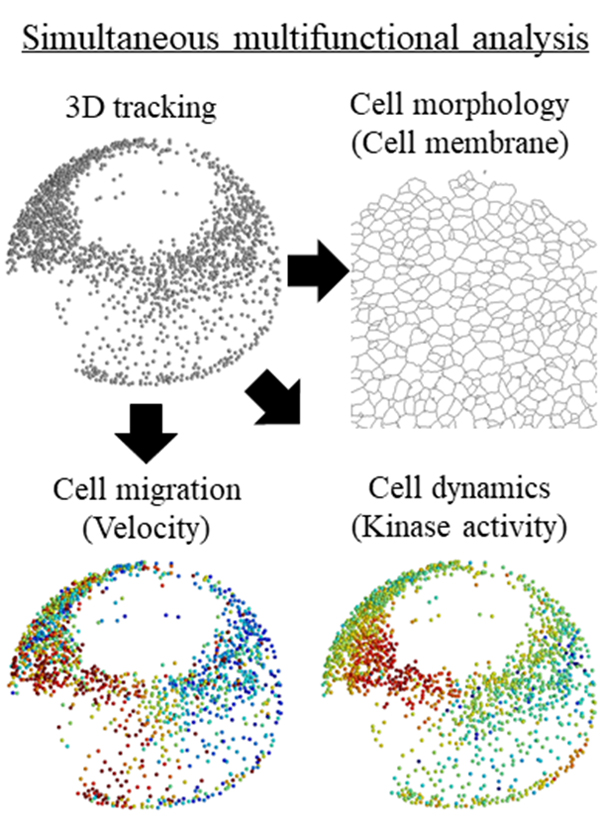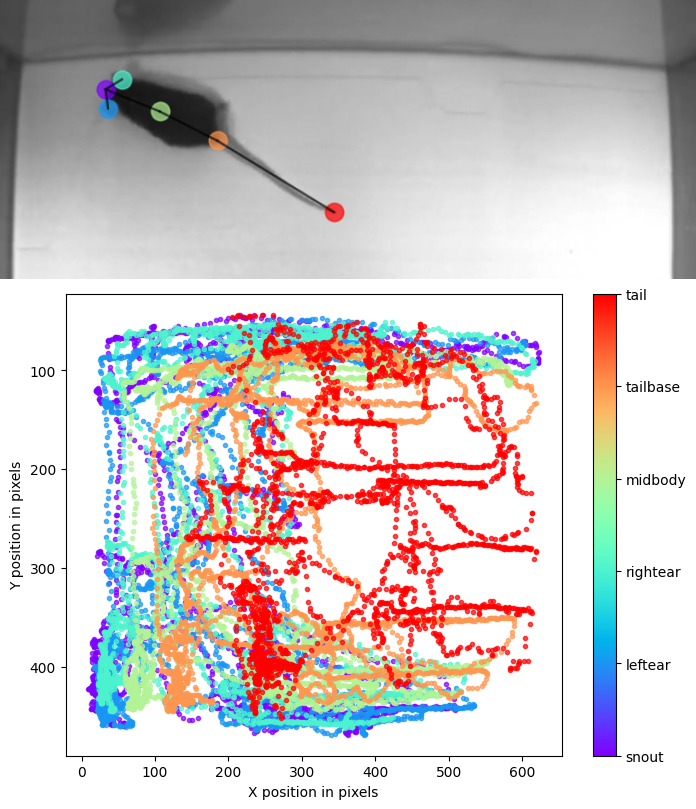
National Institute for Basic Biology





Image analysis is an important component of understanding life sciences. It enables us to quantify phenomena by extracting meaningful information from a large number of images and to properly represent that information. I am developing image analysis techniques aimed at analyzing the developmental process of early zebrafish embryo at whole embryo scale and single-cell resolution. Currently, I am developing an analysis technique that can simultaneously extract multiple pieces of information such as cell morphology, cell motility, and cell dynamics by combining 3D cell tracking and functional imaging.
Three-dimensional remodeling of cell populations through cell migration is essential in early embryogenesis. Cell migration is highly coordinated by controlling cell-cell adhesion. To elucidate the principles of such complex embryogenesis, it is necessary to understand the cellular dynamics of the whole embryo at single cell resolution. I am developing image analysis techniques to analyze the developmental process of early zebrafish embryogenesis at whole-embryo scale and single-cell resolution.
With the development of microscopy, imaging of early embryonic imaging has evolved from two-dimensional, embryonic development has evolved from two-dimensional, fixed specimen and partial embryo observation to three-dimensional, living specimen and whole embryo scale. This evolution has led to an explosion in the analysis of cell migration during the development of early embryos in recent years. However, conventional image analysis techniques could only extract information on cell migration in early development. Therefore, I have developed an analysis method that can simultaneously extract information on cell migration, cell dynamics, and cell morphology at whole embryo scale and single cell resolution.

Figure 1. Simultaneous multifunctional analysis of early embryonic development

Figure 2. A website that explains how to use image analysis software